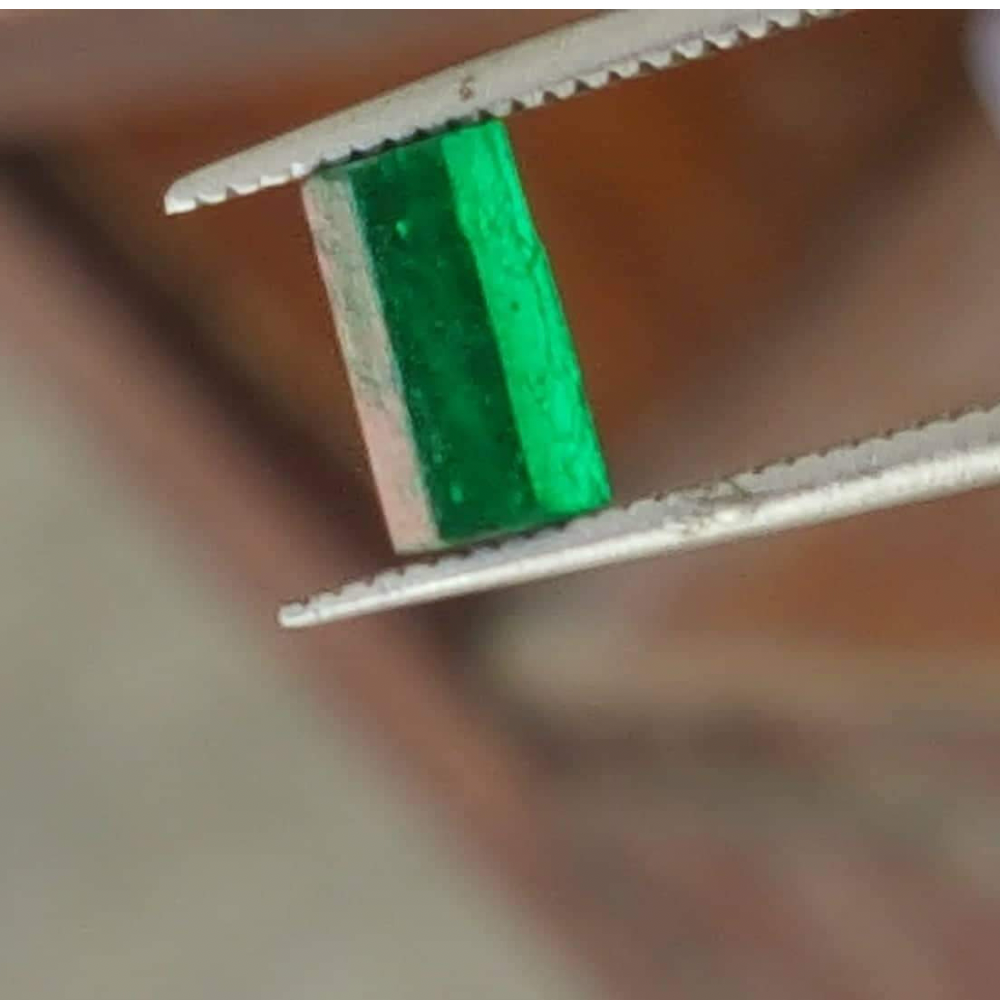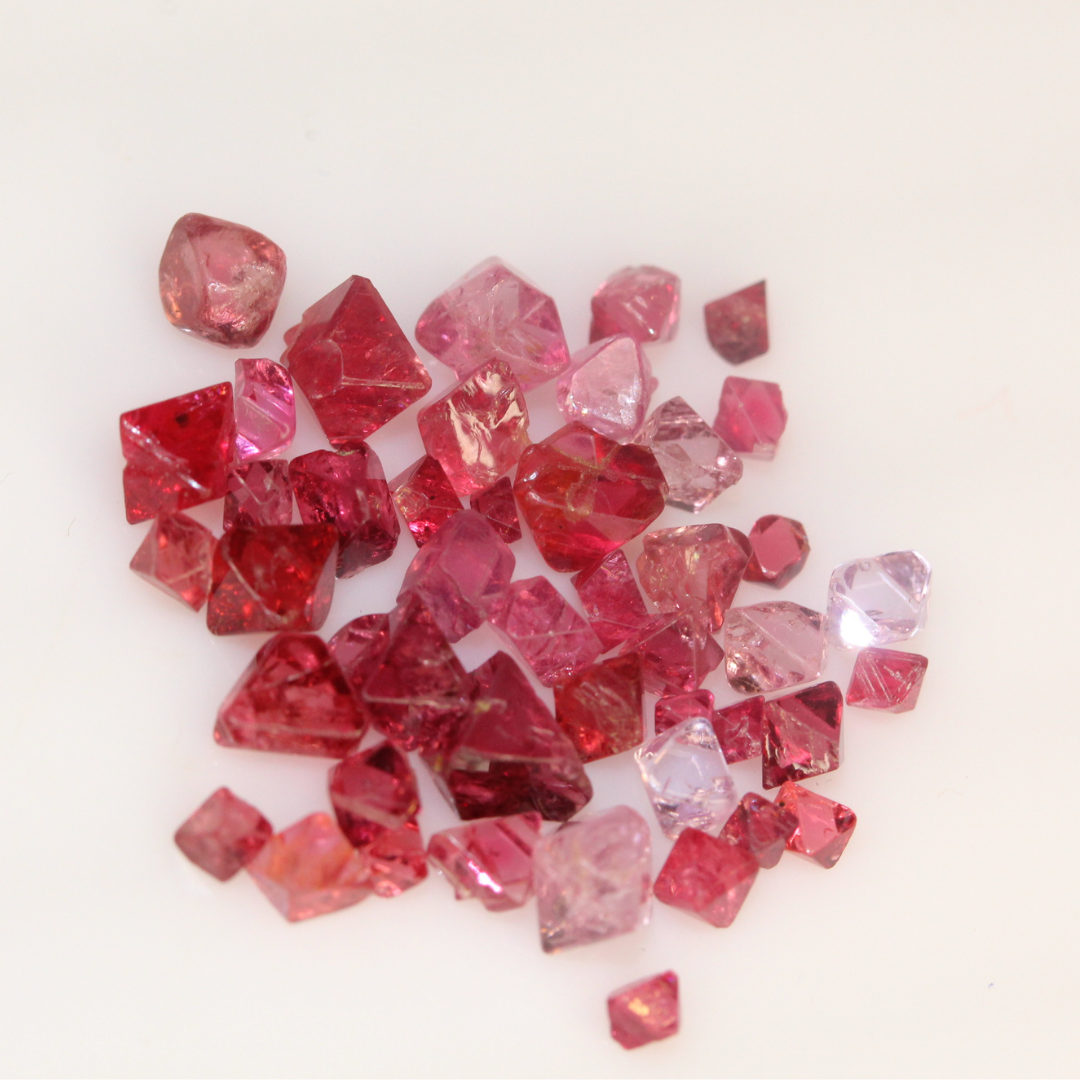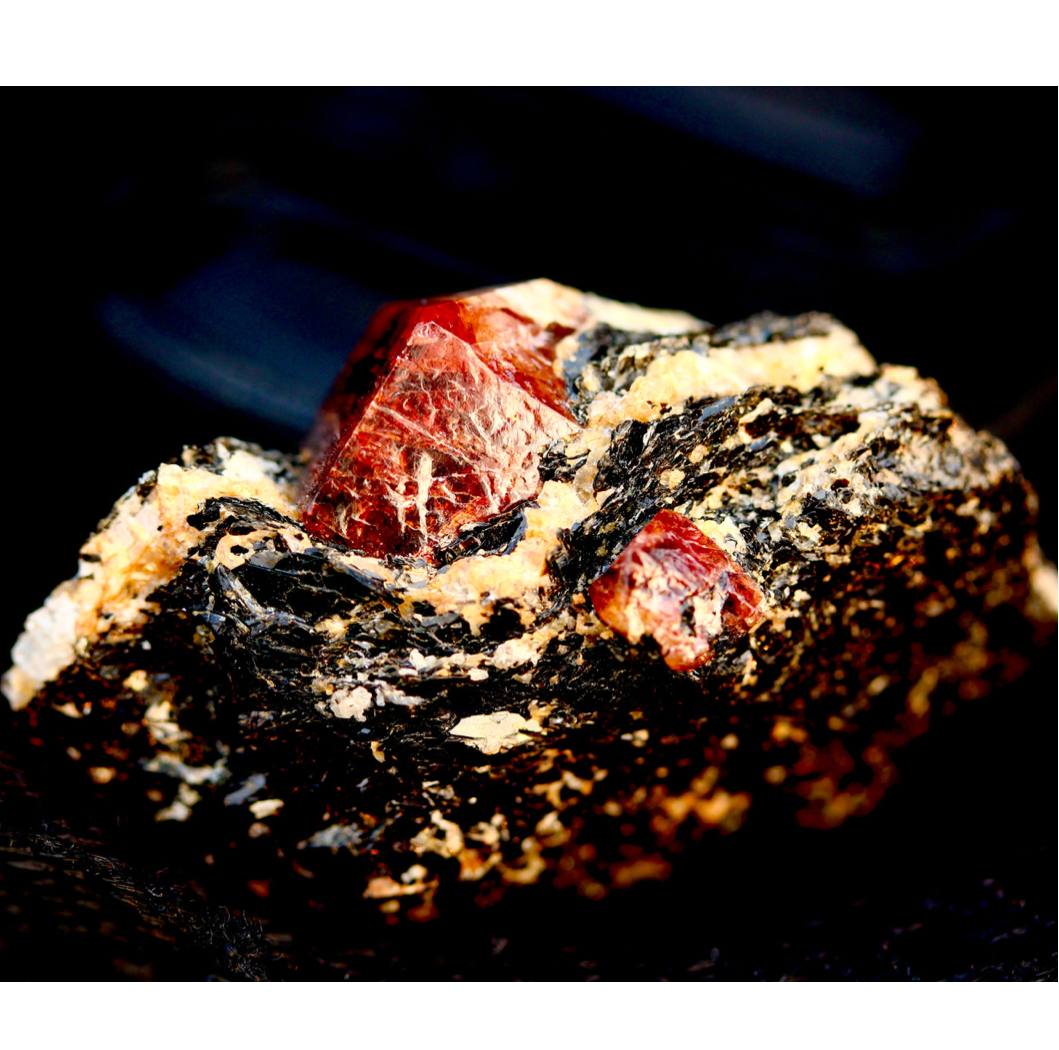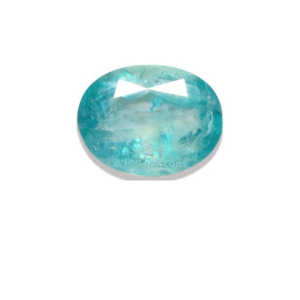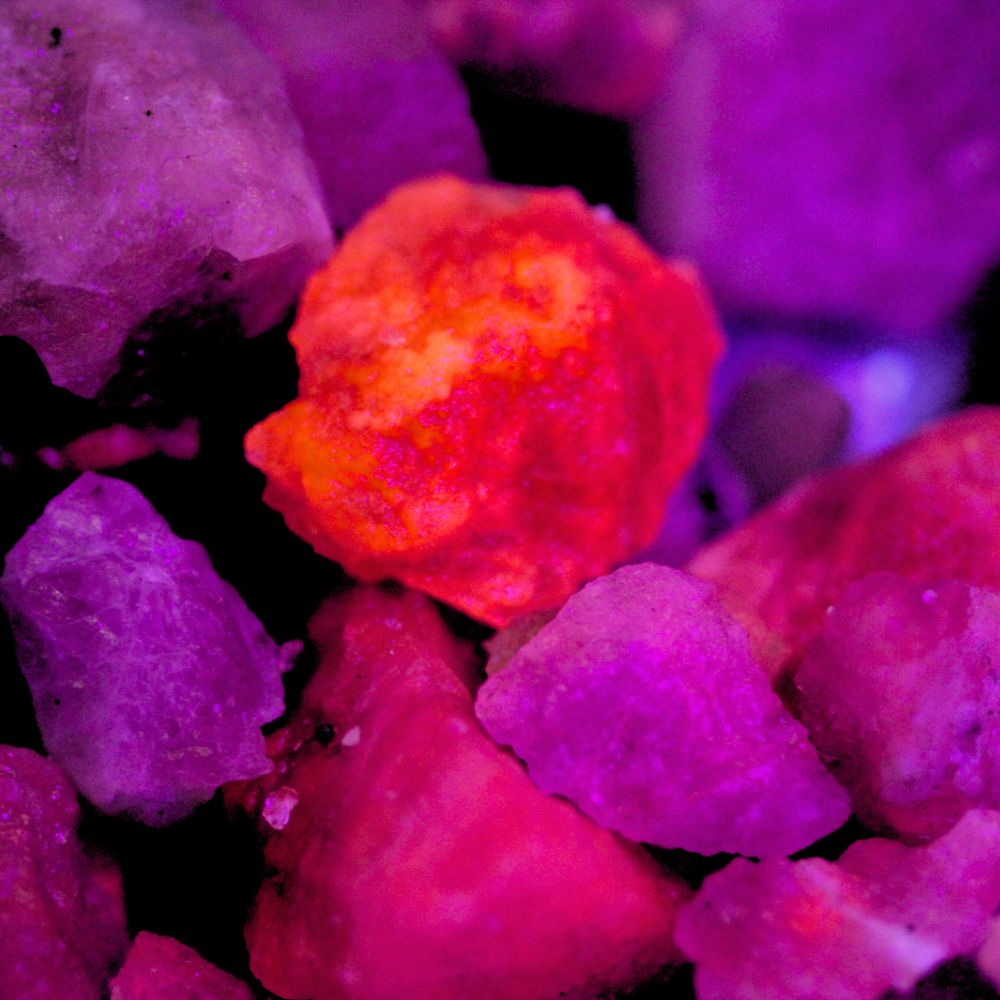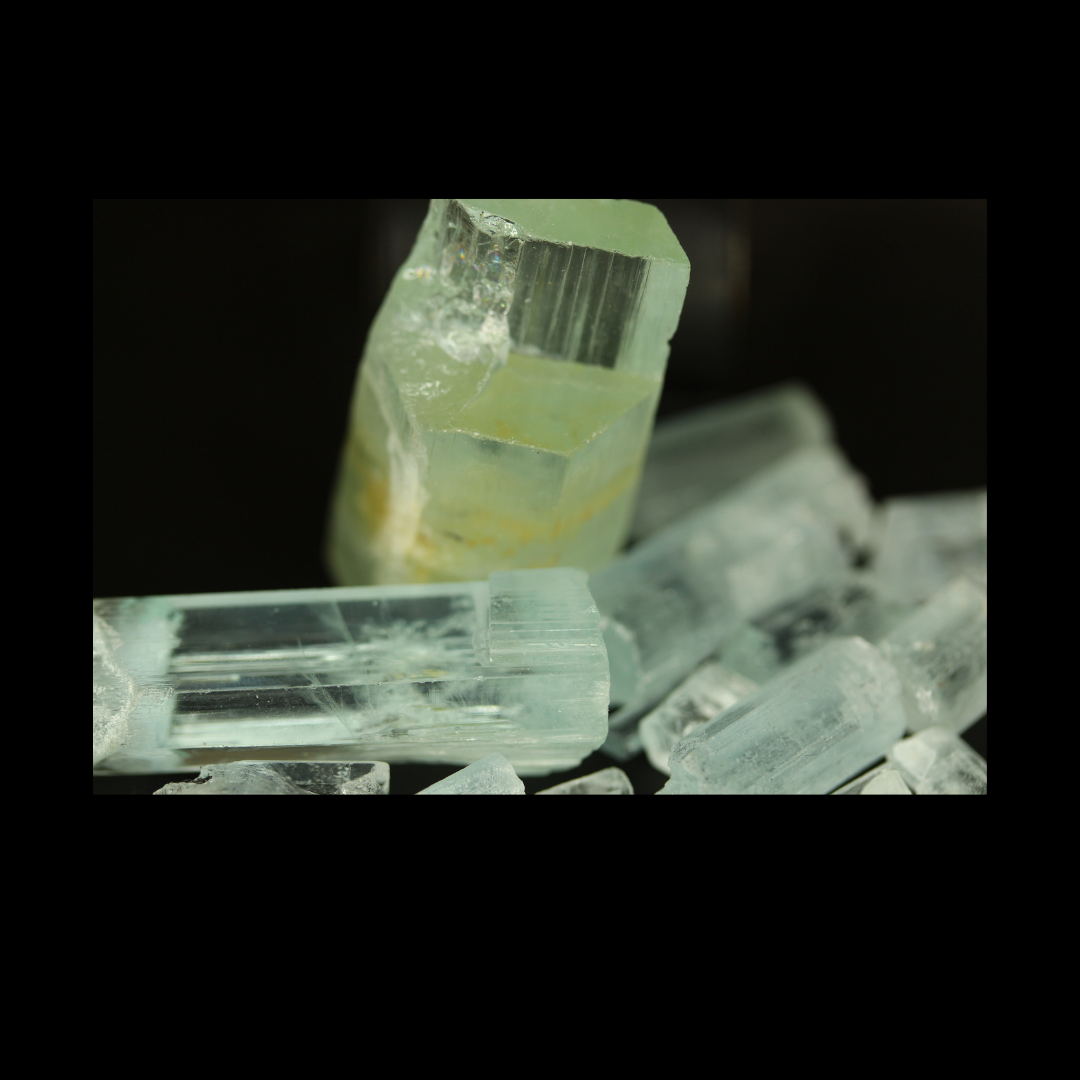
How Do Gemstones Get Their Colors?
What is reasons for Colors in Gemstones?
There are various reasons for colors in crystals or gemstones. In major, some trace elements like iron, copper etc paly a role in giving color to any gemstones. Colors play vital role in the identification of any gemstone or crystal. Emerald is recognized by its green color. The green peridot will be identified by its pale green color. Ruby is known for red color. Aquamarine is recognized by blue color.
Gemstones usually have different colors which is a major attraction for consumers and buyers. Gems are used in jewelry widely around the world. The gemstones have different elements in them which give different colors to gemstones.
What Causes Gemstone Color?
The gemstones are found naturally in different colors. Every color of gemstone has its distinct characteristics. Then the question is how gemstones get their color? The colors in the gemstones are because of different chemical composition in the gemstones. Many minerals and gemstones don't have a color and are colorless in nature. In some gemstones color of the stones is developed when they are with different procedures or polished stones to get the desired color. The addition of impurities in gemstone structure causes different colors due to chemical reactions.
Gemstones have a metal group that includes different elements such as copper, chromium, iron, gold, nickel, and others. There are a few gemstones that fall into the category of the rare series of metals that are following, gadolinium, erbium, and yttrium. These metals in rare series don't get absorbed in the gems and are reflected to towards the observer. The different wavelengths of light absorbed or deflected form a variety of different colors. The sum of total wavelengths that pass through the gem, defines the final color in the gemstone. The three main variables should be kept in mind to gauge the color of gemstones:
- Light
- A substance
- Vision (the eye)
The white light consists of a variety of colors that are usually found in the rainbow. The colors in the rainbow are red, yellow, orange, green, indigo, blue, and Violet. The different colors in the rainbow operate at different wavelengths. For example, red color, have a 700mm wavelength and violet color has a 400 mm wavelength. Every color has a wavelength that emits a certain amount of energy from the gemstones.
Moreover, if gemstones absorb all the wavelengths of all other colors except red and blue, then the remaining color will be purple. There are nearly 16 million combinations that produce different colors. The energy of light which is transmitted due to the absorption of light gives away heat. The only color that doesn't absorb light is white. The white color is used to keep heat away in all weathers especially, in the summer season.
The color in gemstones is not determined by the presence of transitional metal or influenced by the color of transitional metal in gems. Many other factors affect the color including absorption of wavelengths of visible light and the transfer of electrons among the ions of the gemstone. The ions have a specific location in the structure of gemstones along with the addition of non-transition metal leads to coloration in gemstones. It can be simply a diffraction of light through the crystal structure of stones.
The impurities in gems that form different colors are called allochromatic. In the case of gemstones where there is no impurity then the gems will be colorless. In the idiomatic, the gemstones consist of elements that are required for chemical structure or a molecular structure.
There are two types of coloring agents in the chemical structure based on the amount of impurities in the gemstones.
1- Idiochromatic: The minerals get colors from the elements that are included in their chemical composition or chemical formula like Malachite.
2- Allochromatic : The formation of colors is the result of the impurities and different chemical compositions, for instance, Emerald green emerald, pink morganite, and blue to blue-green aquamarine
What are the Color elements in gemstones?
Some element's Role in color variety:-
- Titanium: Blue
- Vanadium: Green / Color change
- Chromium: Red - Green
- Manganese: Pink
- Iron: Red - Green - Yellow
- Cobalt: Blue
- Nickel: Green
- Copper: Green - Blue
A Few Gemstones Names with Color Reasons
Aquamarine is one of a kind of beryl. The iron content in the gem caused a pale color.
Emerald : The bright green color is due to the presence of both iron and titanium in gemstones.
Garnet : The garnet gets its deep cooler from iron in gemstones.
Peridot : It is usually found in volcanos. It is a form of Olivine. The yellow-green color is due to the iron content in gemstones.
Ruby: The color in gemstones is formed due to Chromium. The color of ruby is pink to red.
Turquoise: The opaque mineral mostly forms its color due to the presence of copper.
Sapphire : Sapphire is another variety of gemstone that has traces of impurities. The Purple sapphire is from Kashmir, Pakistan. The blue sapphire is from Madagascar. The color of sapphire is because of the iron and titanium.
Gemstone Cutting and Role of Colors
In colored gemstones, priority is given to cutting stones to manage the light and how it enters and exits a gem requires mastery of the gemstone cutter. If care is taken while cutting colored stones it can decrease the value of gem stones. For instance, in the case of rubies, the rough surface can fade the color by saturating the red color. The minor inclusions can increase the magnification of ruby and bring major changes in the color and appearance of the stone. At the same time if it is not done in a proper way it can decrease the price of gem stones due to poor quality finish.
Conclusion
To sum up, one can say that color is vital in gemstones whether for the use of jewelry or on clothes in form embellishment. The color of the gemstones is enhanced through a polishing process that increases the value of the stone by defining its shape and color. Hence, the color of gemstones is a crucial factor in terms of their value for consumers. The color of gemstones changed with the high-quality polishing of stone dealers. As a result, the worth of gemstones will increase, and the price of the gemstones.


